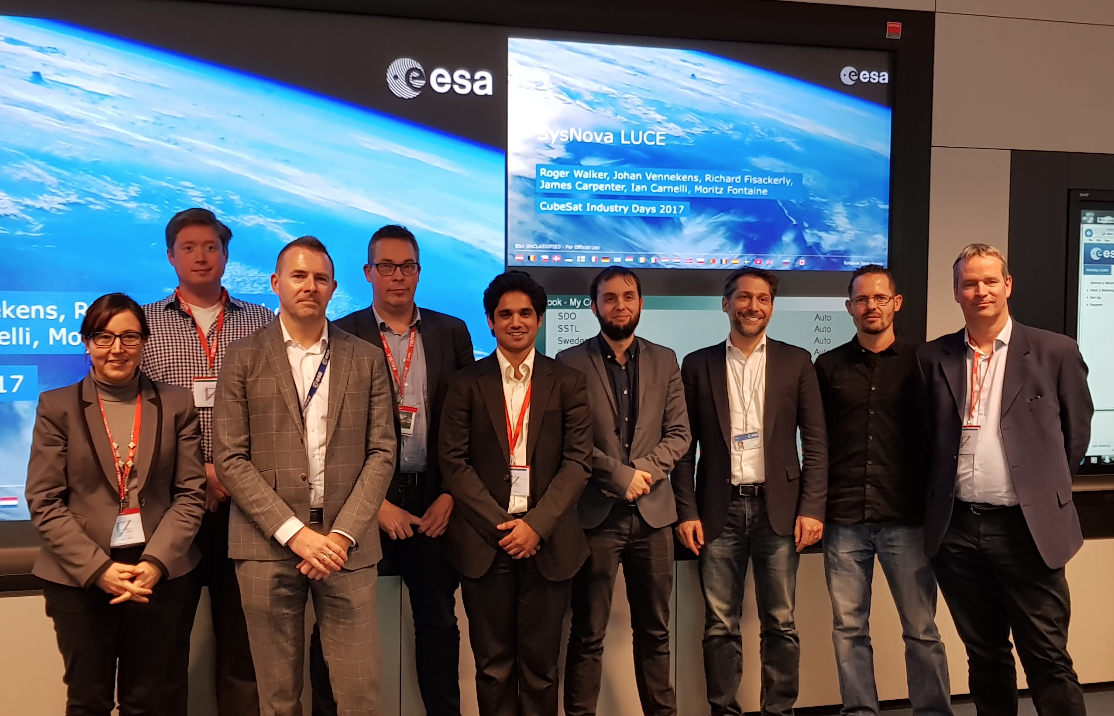Daily Image
28-02-2018LUnar Cubesats for Exploration (LUCE) Review
| Submitter: | Albert-Jan Boonstra |
| Description: | Last year, a team, including ASTRON, conducted a technology and mission study in the context of the SysNova ''LUnar Cubesats for Exploration (LUCE)'' challenge of ESA's General Studies Programme (GSP). In this study, the team proposed the CubeSat Low Frequency Explorer (CLE) mission concept, aiming at conducting radio astronomy below 30 MHz. In this band, Earth-base radio astronomy is extremely difficult or impossible due to the ionosphere, so observations must be done in space. This CLE radio mission and technology analysis is helping to pave the way towards deploying a larger scale distributed low frequency radio telescope in space, in the coming decades. The Sysnova mission scope includes a circular lunar orbit requirement of >500 km altitude, a total mass of <60 kg, and data communication to a Lunar Obiter in elliptical polar orbit. The CLE study looked into astronomical science to be conducted, and also looked into technical feasibility with associated Technology Readiness Levels (TRLs). It turned out that for CLE with current-day technologies an instantaneous bandwidth of 10 MHz and 4 satellites with maximum baselines of 10 km can be supported with roughly 15% observational duty cycle. Given radio instrument space heritage and recent developments such as the Chang'e 4 NCLE receiver, it should be technologically possible to develop CLE in the coming decade. For a larger scale system such as OLFAR with more than 50 satellites, it turns out that the inter-satellite and downlink communication bandwidth (and associated mass) are currently the main limiting factors. However, novel optical communication links and novel RF communication schemes are currently being developed, and these give a promising outlook. The picture above shows CLE representatives from ASTRON, ISIS Innovative Solutions in Space (lead), Radboud University, TuE, TUDelft, Hyperion Technologies, and ESA at the end of the review at ESTEC. |
| Copyright: | ESA |
| Tweet |  |
